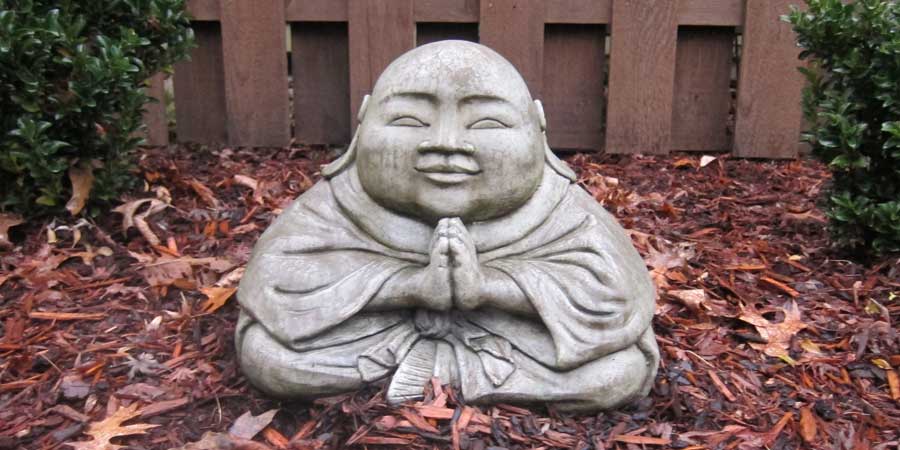In discussing Dan Harris’ book 10% Happier last week, I mentioned Dr. Mark Epstein, MD and his influence on Harris’ path to meditation. Though Harris covered the religion beat for ABC News, he did not have a faith practice and was not drawn to spirituality. In fact, he initially bristled at meditation teachers whose calm demeanors and use of language seemed at odds with his sensibilities. In Epstein, Harris saw a man of science who had integrated his training and clinical experience in psychotherapy with the ancient teachings of the Buddha.
In Thoughts Without A Thinker, Epstein identifies the Buddha as a source of practical psychology. According to Epstein, years of deep contemplation on the nature of existence led the Buddha to profound insights into the human mind and its propensity for self-created suffering. The Buddha also discerned the means to relieve distress. He captured these insights in the Four Noble Truths.
FIRST: All existence is dukkha. The word dukkha is often translated as suffering, but a better sense of it might be pervasively unsatisfactory. We are mere mortals whose physical bodies are subject to disease, decay, old age, and death. We are prone to mental anguish by the fleeting nature of pleasurable experience and the disappointment that comes with not getting what we want. We are distressed by life’s uncertainty – never really knowing who we are, where we stand, or what will come next. And we feel pain when reality pierces the veil of our illusions. This is the reality of existence.
SECOND: The cause of dukkha is craving. We crave pleasurable sensory experiences. We have a deep desire for security that the vicissitudes of life disrupt. We thirst to understand the essential core of our being and often create false selves in order to satisfy it. We suffer when our experiences, our sense of stability, and our assumptions prove transient. So, it might be said that dukkha is not a function of what happens to us in life, but rather a function of our yearning to make it other than it is.
THIRD: The cessation of dukkha comes with the cessation of craving. When we identify the sources of our craving and become liberated from them, we are free to experience life with a sense of equanimity. We enjoy sensory pleasures without becoming attached to them. We experience life moment-to-moment without undue anxiety over its impermanence. We forego the need to define ourselves. In short, we relieve suffering not by changing life, but by changing the way we perceive it.
FOURTH: There is a path that leads out of dukkha. This Noble Eightfold Path includes right understanding, right thought, right speech, right action, right livelihood, right effort, right mindfulness, and right concentration.
Mindfulness and meditation loom large in Buddhist practice. In the act of bare attention, we notice our surroundings and the stream of thoughts that attend to our human experience moment-to-moment. We slow down and both observe and tame the ego and its relentless inner dialog. We are invited to notice our stray thoughts and feelings without taking ownership of them. They are “just thoughts” or “just feelings.” We learn to separate our reactions from raw sensory events and give ourselves space to explore them with interest, tolerance, and compassion. And when we come face-to-face with cherished images we hold of ourselves, we may well realize how insubstantial they truly are. We can let them go.
One might perceive the Four Noble Truths as pessimistic and the call to mindfulness ascetic. Nothing could be further from the truth! Rather, when we open ourselves to the transitory nature of existence, Epstein notes a “shift from an appetite-based, spatially conceived self [that is] preoccupied with a sense of what is lacking to a breath-based, temporally conceived self [that is] capable of spontaneity and aliveness.” We can let go and surrender to the moment. And that seems quite satisfying to me.
